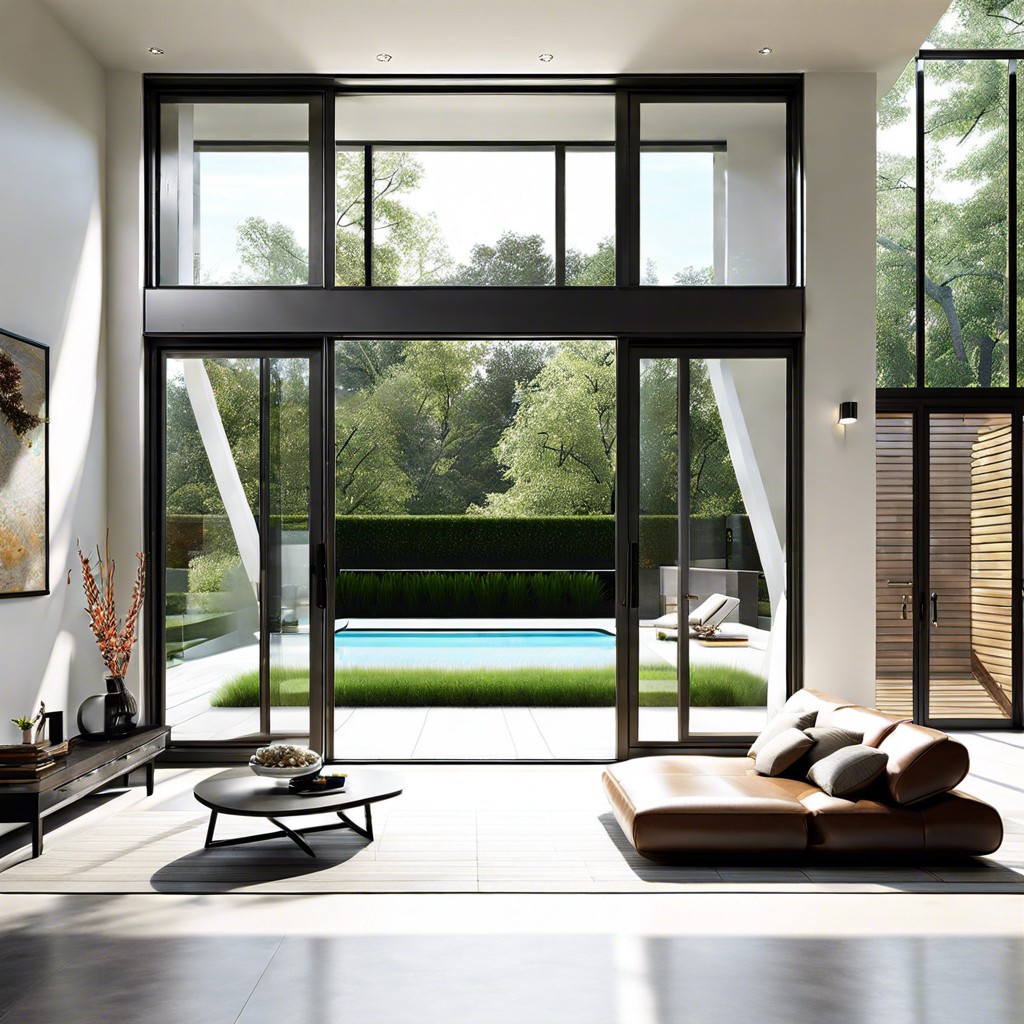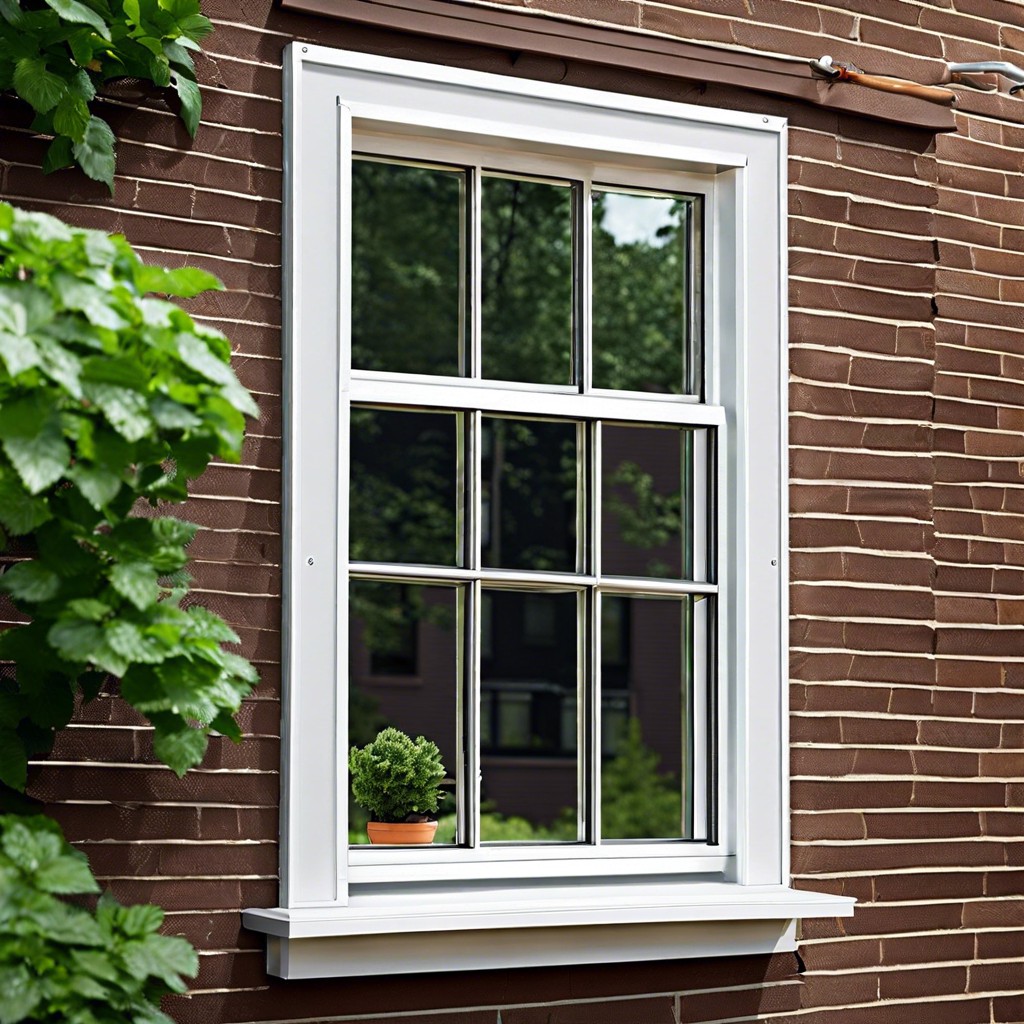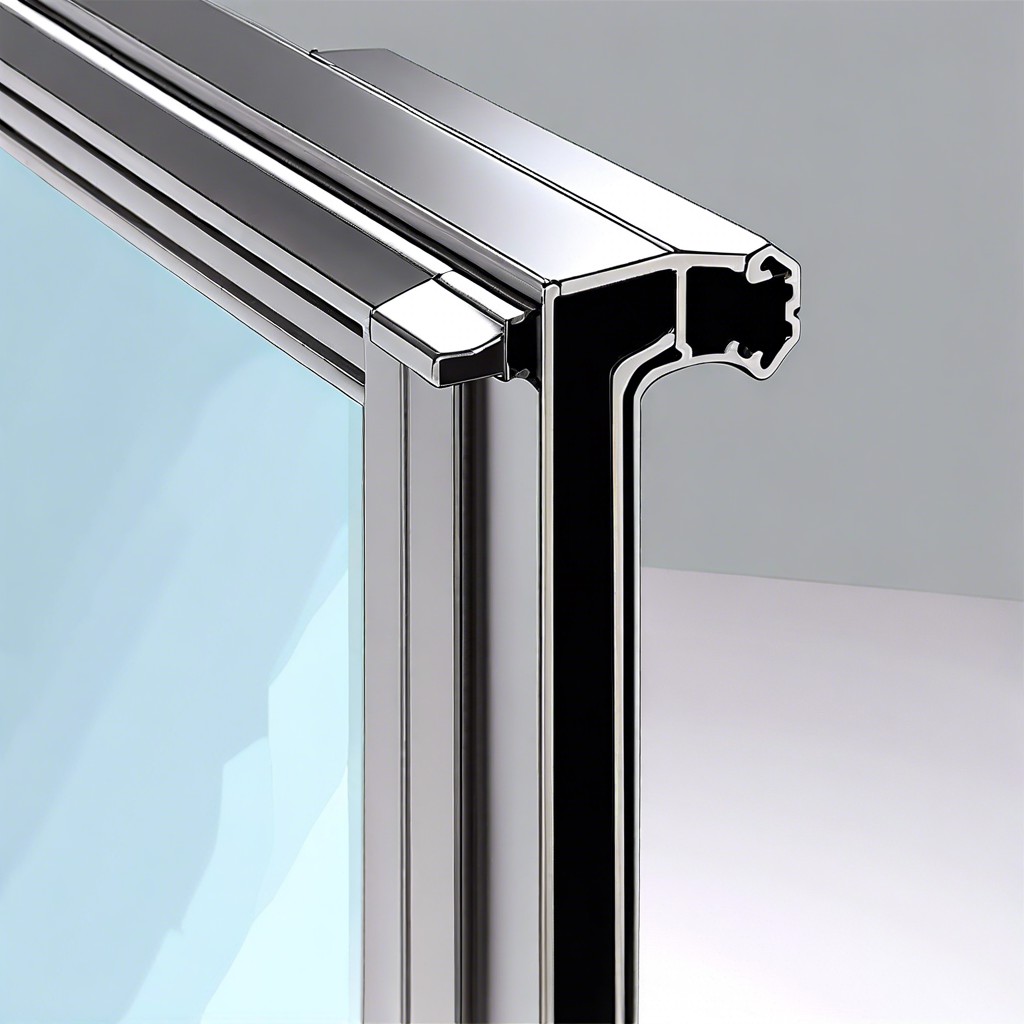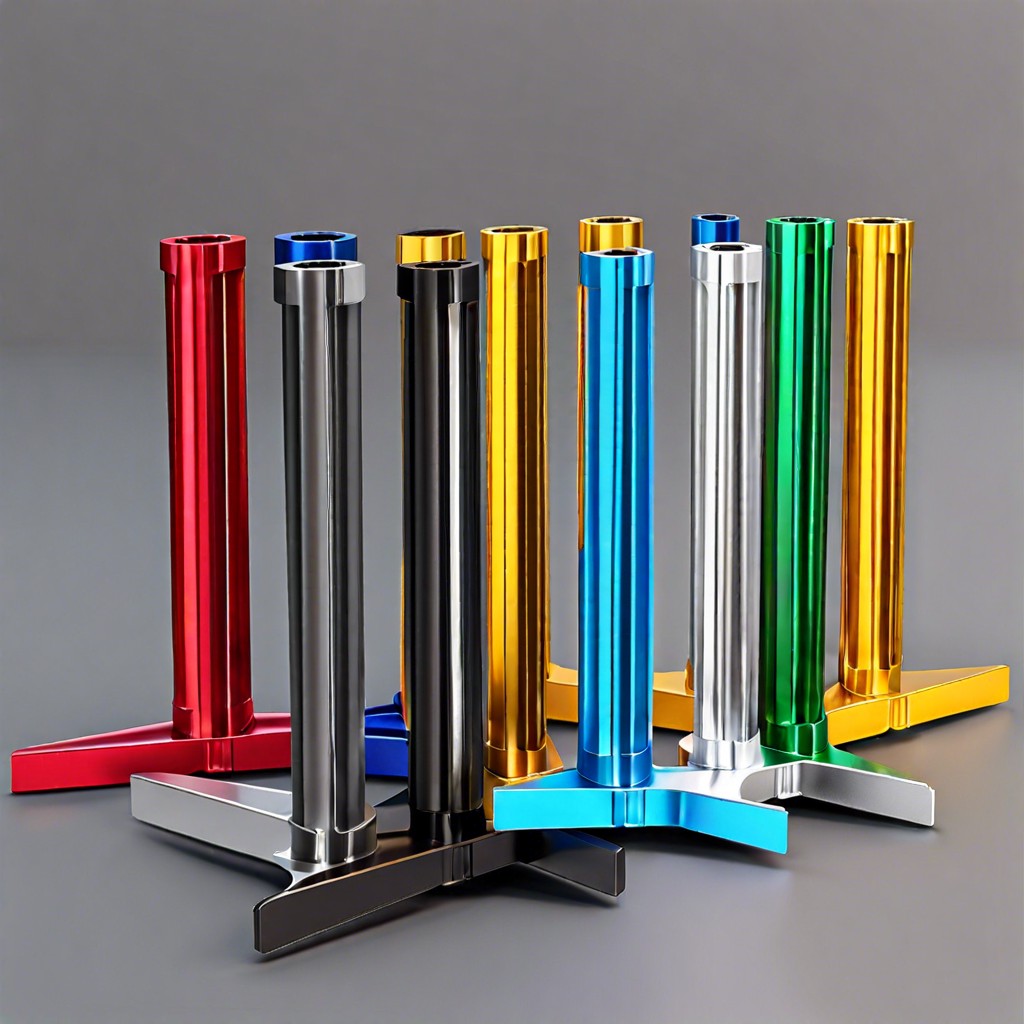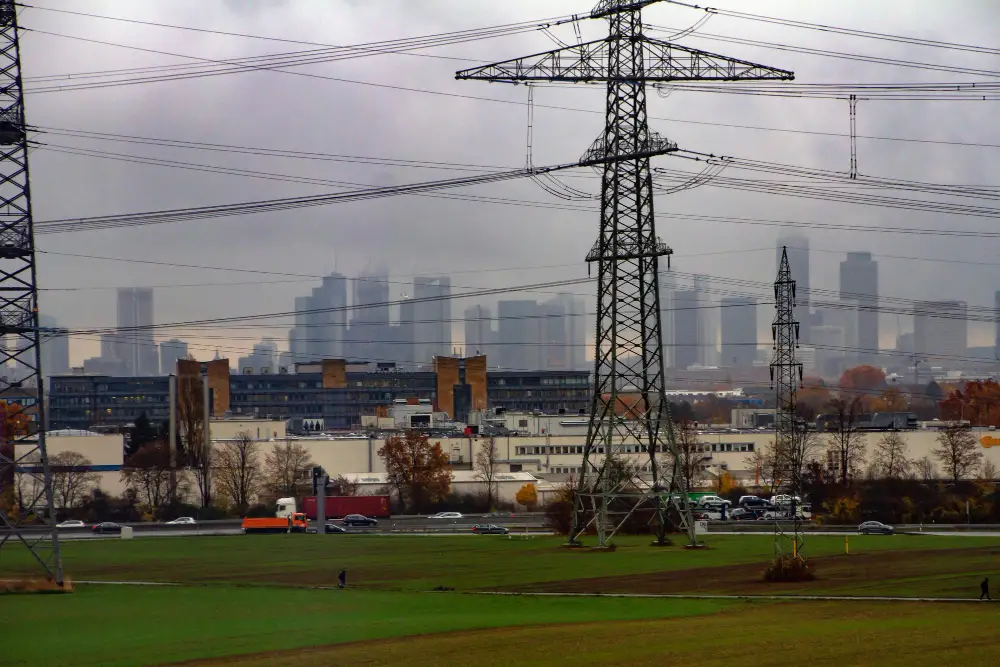We’ll discuss how energy-efficient windows can help prevent condensation and moisture issues in your home.
As I sat in my living room, sipping on a hot cup of coffee and enjoying the view outside my window, I noticed something strange. There was moisture forming on the inside of the glass pane.
At first, I thought it was just a minor issue that would go away on its own. But as days passed by, the condensation only seemed to get worse.
As someone who writes about house windows and shares knowledge of the industry, I knew this was a problem that needed addressing. That’s when I started researching about how energy-efficient windows can help tackle moisture concerns like these.
In this blog post today, we’ll take an in-depth look at condensation and how it affects your home’s energy efficiency. We’ll also explore why energy-efficient windows are an excellent solution for dealing with moisture buildup inside your home.
So grab yourself another cup of coffee and let’s dive right into it!
Condensation Explained
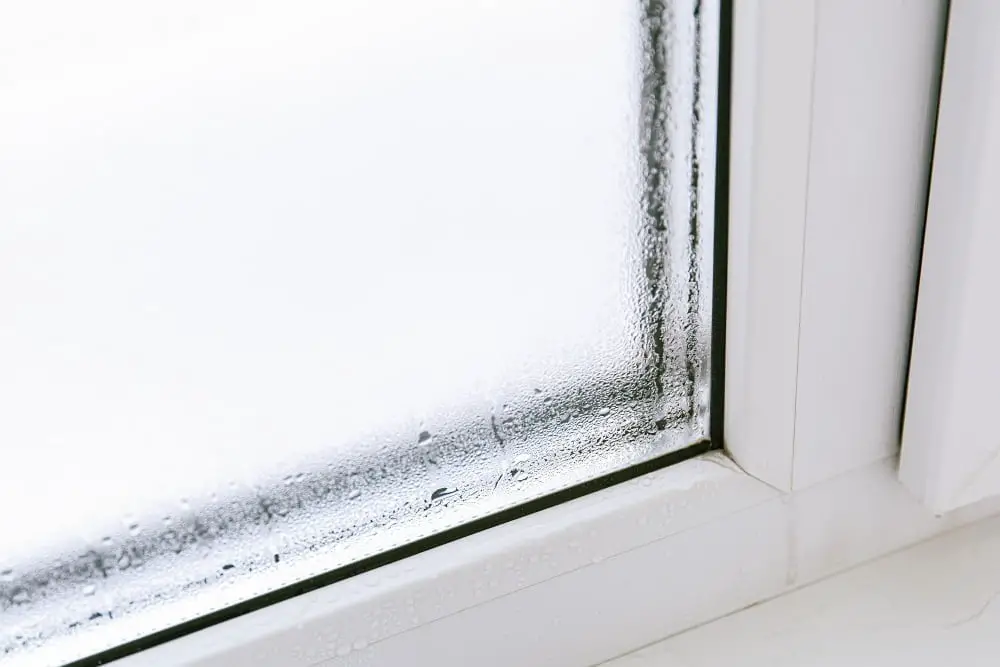
Condensation is a common problem that many homeowners face, especially during the colder months. It occurs when warm air inside your home comes into contact with cold surfaces like windows and doors, causing water droplets to form on the glass surface.
This can lead to moisture buildup and even mold growth if left unaddressed.
As I researched more about condensation, I realized that it was not just an aesthetic issue but also affected my home’s energy efficiency. The excess moisture in the air caused by condensation makes it harder for heating systems to maintain a comfortable temperature indoors, leading to higher energy bills.
That’s when I started looking into solutions for tackling this problem head-on. After some research and consultation with experts in the industry, I discovered that investing in energy-efficient windows could be an excellent solution for addressing both condensation concerns as well as improving my home’s overall energy efficiency.
Intrigued by this idea of killing two birds with one stone (or rather one window), I delved deeper into how these specialized windows work and what benefits they offer beyond just reducing moisture buildup inside homes.
Energy-Efficient Windows
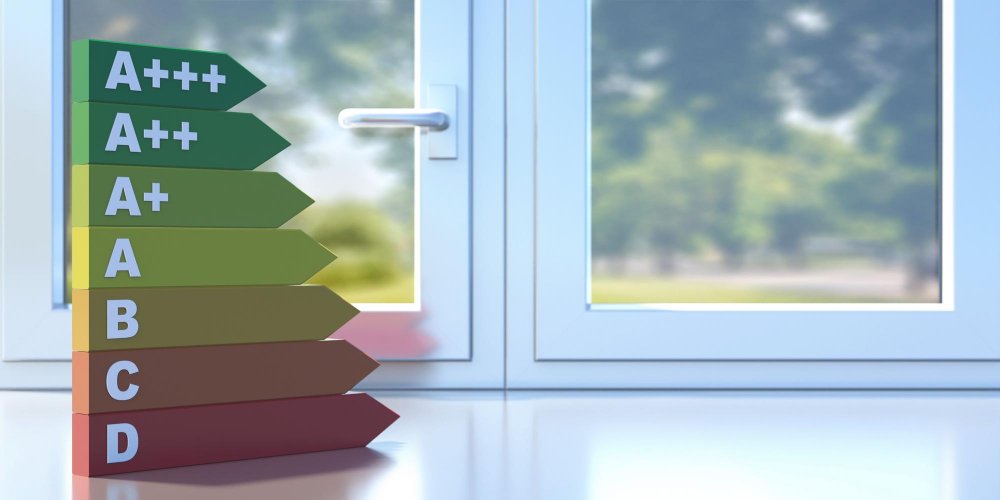
Energy-efficient windows are designed to prevent moisture buildup inside your home. These windows have a special coating that helps regulate the temperature of the glass pane, preventing it from getting too cold and causing condensation.
But how do they work? Energy-efficient windows use low-emissivity (low-e) coatings on their glass panes. This coating reflects heat back into your home during winter months while keeping out unwanted heat during summer months.
By doing so, these types of windows help maintain a consistent indoor temperature and reduce the amount of moisture in your home. Not only do energy-efficient windows help tackle condensation issues but they also offer other benefits such as reducing heating and cooling costs by up to 25%.
So if you’re looking for an effective solution to address moisture concerns in your home while saving money on utility bills at the same time, investing in energy-efficient windows is definitely worth considering!
Moisture Concerns
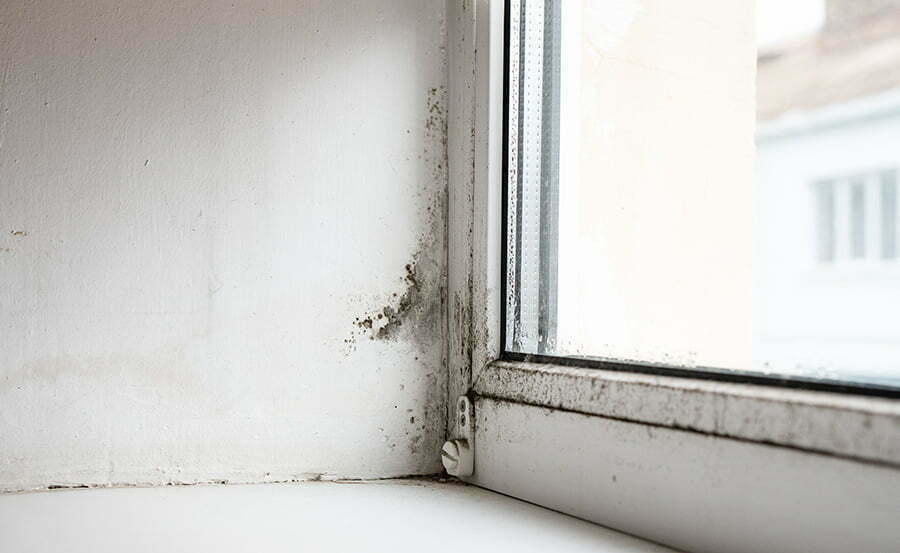
Moisture concerns are a common issue that homeowners face, especially during the colder months. As I researched more about condensation and moisture buildup on windows, I realized that it’s not just an aesthetic problem but can also lead to significant issues like mold growth and damage to your home’s structure.
I knew I had to find a solution before things got worse. That’s when energy-efficient windows caught my attention.
These types of windows are designed with advanced technology that helps prevent moisture buildup by reducing heat transfer between the inside and outside of your home.
Not only do they help keep your home dry, but energy-efficient windows also offer several other benefits like improved insulation, reduced noise pollution from outside sources, increased natural light in rooms – all while saving you money on heating bills!
So if you’re facing similar moisture concerns or looking for ways to improve your home’s overall efficiency – investing in energy-efficient windows might be worth considering!
Window Insulation Techniques
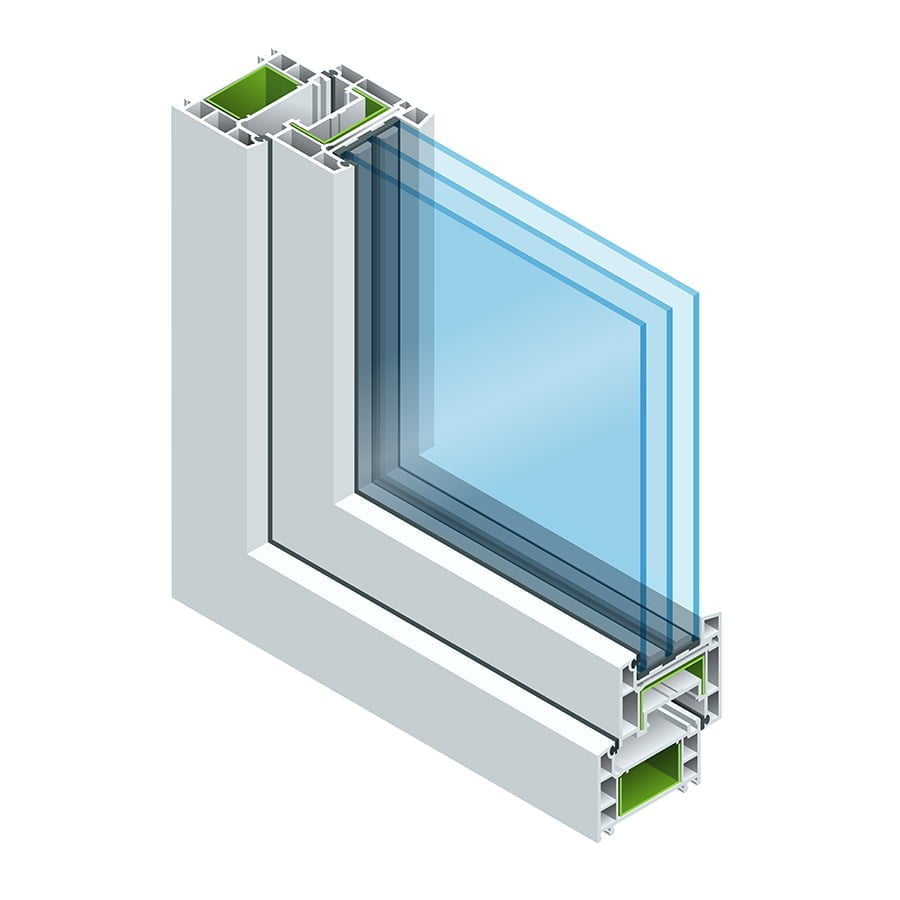
When warm air inside your home comes into contact with a cold window pane, it causes moisture to form.
This can lead to mold growth and damage to your walls and furniture.
To prevent this from happening, you need proper window insulation techniques in place. One such technique is double glazing or triple glazing windows which have two or three panes of glass separated by an insulating layer of gas like argon or krypton.
Another effective method is using Low-E (low emissivity) coatings on the glass surface, reflecting heat back into the room while allowing natural light in. This helps maintain a comfortable temperature inside your home without compromising energy efficiency.
Investing in energy-efficient windows not only reduces condensation but also lowers heating costs during winter months and cooling costs during summer months by keeping indoor temperatures stable throughout the year.
So if you’re experiencing moisture buildup on your windows like I did, consider upgrading to energy-efficient ones with proper insulation techniques for a more comfortable living space all year round!
Reducing Indoor Humidity

Reducing indoor humidity is one of the most effective ways to address moisture concerns in your home. High levels of humidity can lead to condensation on windows and even cause damage to walls and ceilings.
To reduce indoor humidity, you can start by ensuring proper ventilation in your home. This means opening windows or using exhaust fans when cooking or showering.
Another way to reduce indoor humidity is by investing in a dehumidifier. These devices work by removing excess moisture from the air, helping maintain optimal levels of relative humidity inside your home.
But perhaps the most effective solution for reducing indoor humidity and preventing condensation on windows is installing energy-efficient windows with low-E coatings. These coatings help regulate temperature inside your home while also blocking harmful UV rays from entering through the glass panes.
By addressing high levels of indoor moisture through these methods, you’ll not only prevent damage caused by condensation but also improve overall energy efficiency within your living space – making it a win-win situation!
Ventilation Solutions
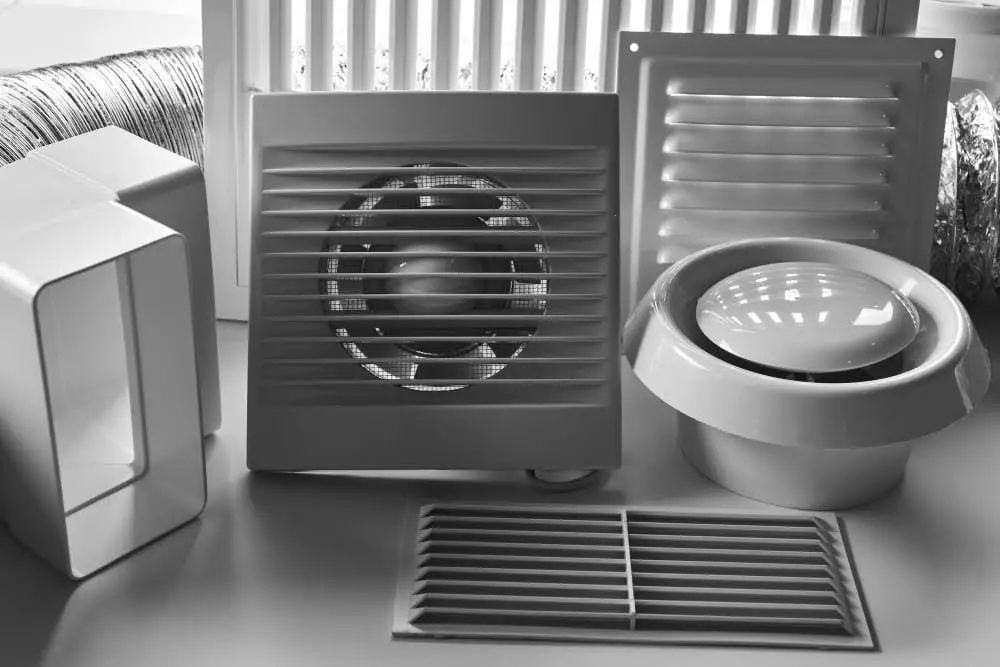
Proper ventilation is crucial in preventing condensation buildup. Without adequate airflow, moisture can accumulate inside your home and cause damage to your windows and walls.
One solution for improving ventilation is to install trickle vents on your windows. These small openings allow fresh air to circulate while still maintaining a comfortable indoor temperature.
Another option is to use extractor fans in areas prone to high humidity levels such as the bathroom or kitchen.
But what if you already have energy-efficient windows installed? Can they help with ventilation too? The answer is yes! Energy-efficient windows are designed with advanced technology that allows them to regulate the amount of heat transfer between indoors and outdoors. This means they can help maintain a consistent temperature inside your home while still allowing for proper airflow.
When it comes down to addressing moisture concerns like condensation buildup, proper ventilation solutions are key. Whether it’s installing trickle vents or using extractor fans – there are many options available depending on the specific needs of your home.
And don’t forget about energy-efficient windows – not only do they provide insulation benefits but also contribute towards better indoor air quality by promoting healthy circulation of fresh air throughout the house!
Proper Window Installation
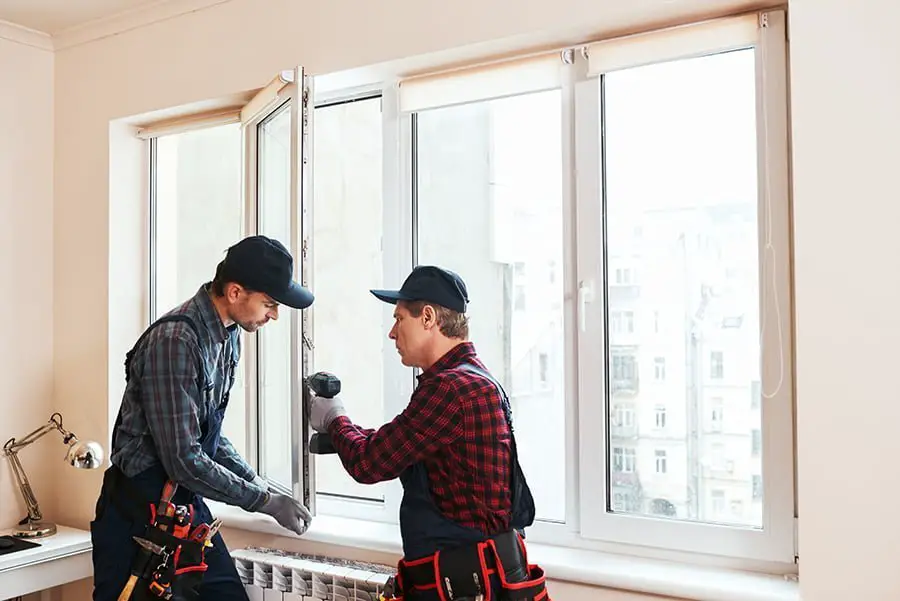
Proper installation is crucial to ensure their effectiveness. A poorly installed window can lead to air leaks and moisture buildup, which defeats the purpose of investing in energy-efficient windows.
I decided to call a professional installer who could help me with my condensation problem. The expert explained how they would install the new windows properly by sealing any gaps or cracks around the frame and ensuring a tight fit between the glass pane and frame.
The result was remarkable! Not only did my new energy-efficient windows eliminate condensation buildup, but they also helped reduce my monthly utility bills significantly.
Proper window installation is essential for maximizing your investment in energy-efficient windows. It’s always best to hire an experienced professional who can guarantee quality workmanship and ensure that your home stays comfortable all year round while saving you money on heating or cooling costs.
If you’re experiencing moisture concerns like condensation inside your home, consider upgrading to high-quality energy-efficient windows installed by professionals for optimal results.
Recap
